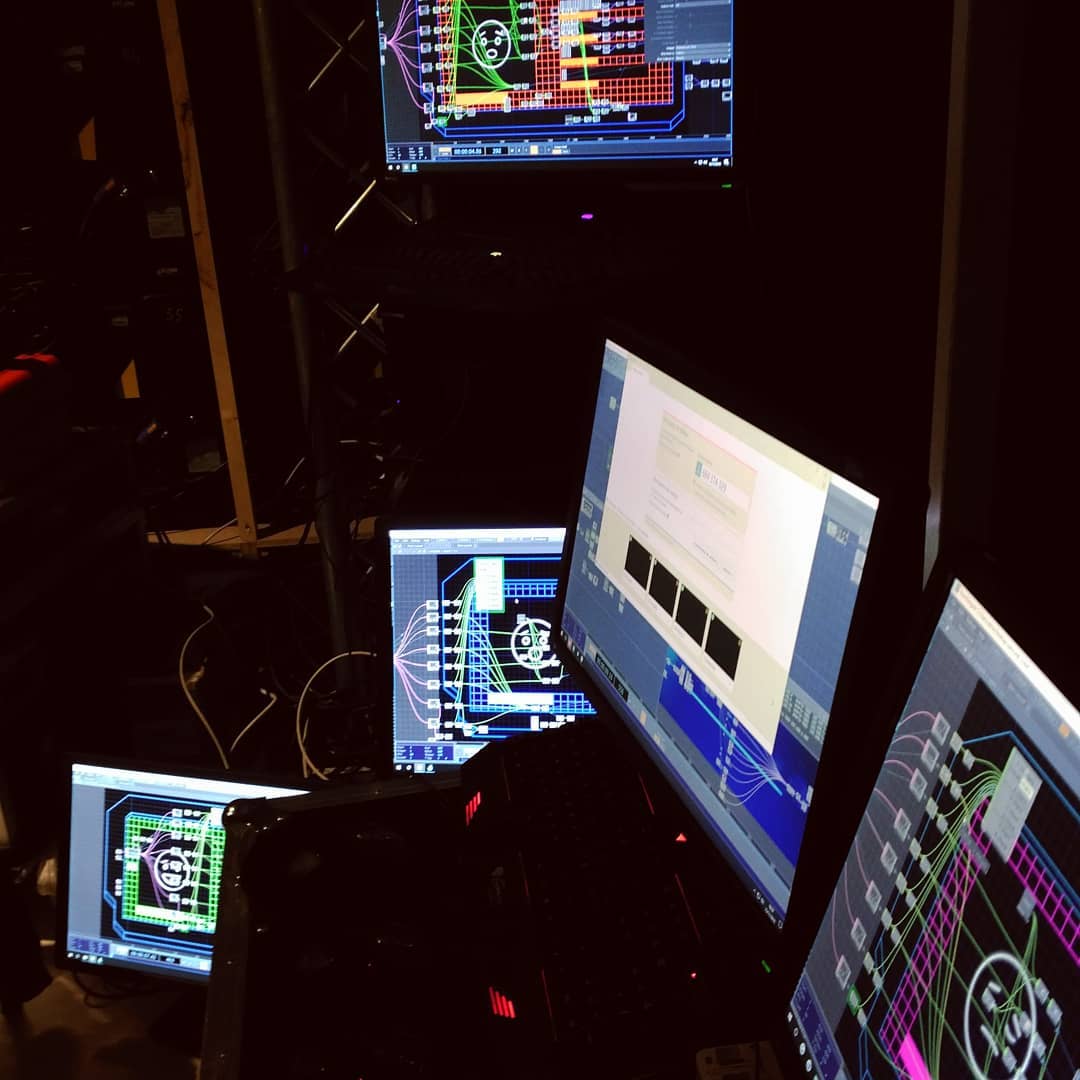Big Data Spain 2018
In November 2018 I was lucky to collaborate with Yunou and RGB Corp in this amazing project for StratioBD. The challenge was to make a competitive videogame for the Big Data Spain wich would be played only with users' emotions. It sounds ambitious, doesn't it?

Well, times were tight and we had a great challenge, but the team was really involved in it. My job was to develop the game using the 3D assets and art guides provided by Yunou and RGBCorp.
My approach to Touch Designer
For those who don't know it,Touch Designer is a very powerful software that allows to do impresive interactive realtime audiovisuals. Yunou and RGB Corp had made a really cool interactive presentation for the event using it, and the game would be part of this presentation. So one of the biggest challenges was to communicate Unity's game with Touch Designer's presentation.
After researching different protocols with Luciano,who was in charge of Touch Designer's part(check out his art here), we decided to send the game inputs from Touch Designer to the game using OSC and Spout. So StratioBD's AI would send information about the players and their emotions to Touch Designer and It would send to the game the names using Spout and the emotions and trigger events using OSC.

Game FX
Another challenge I had was to make the game look cool. There were a lot of assets and I had to implement them using the choosen wireframe style. I tested different solutions including wireframe shaders and materials with wireframe textures, but the final solution was to give thickness to create models compound of two parts: colored wires with thickness and a scaled model to occlude back wires. For that purpose I created a procedural tool in Houdini which allowed me to save a lot of time. I made also some fracture fx and particle systems and the most important challenge, I have to deal with aliasing.
The game would be shown in a big screen with not too much resolution and aliasing was a great problem. I tested a lot of different antialiasing methods but anyone seemed to be enougth. The solution was to render it at double resolution and rescale it to the screen resolution. It is not the most fastest approach, I know it, but it wasn't a problem and the results were much better.
The result
To sum up, it was a hard job, but I'm proud to say that I learned a lot doing it and it was a big succeed. There were always crowds of people waiting to enjoy our game.
